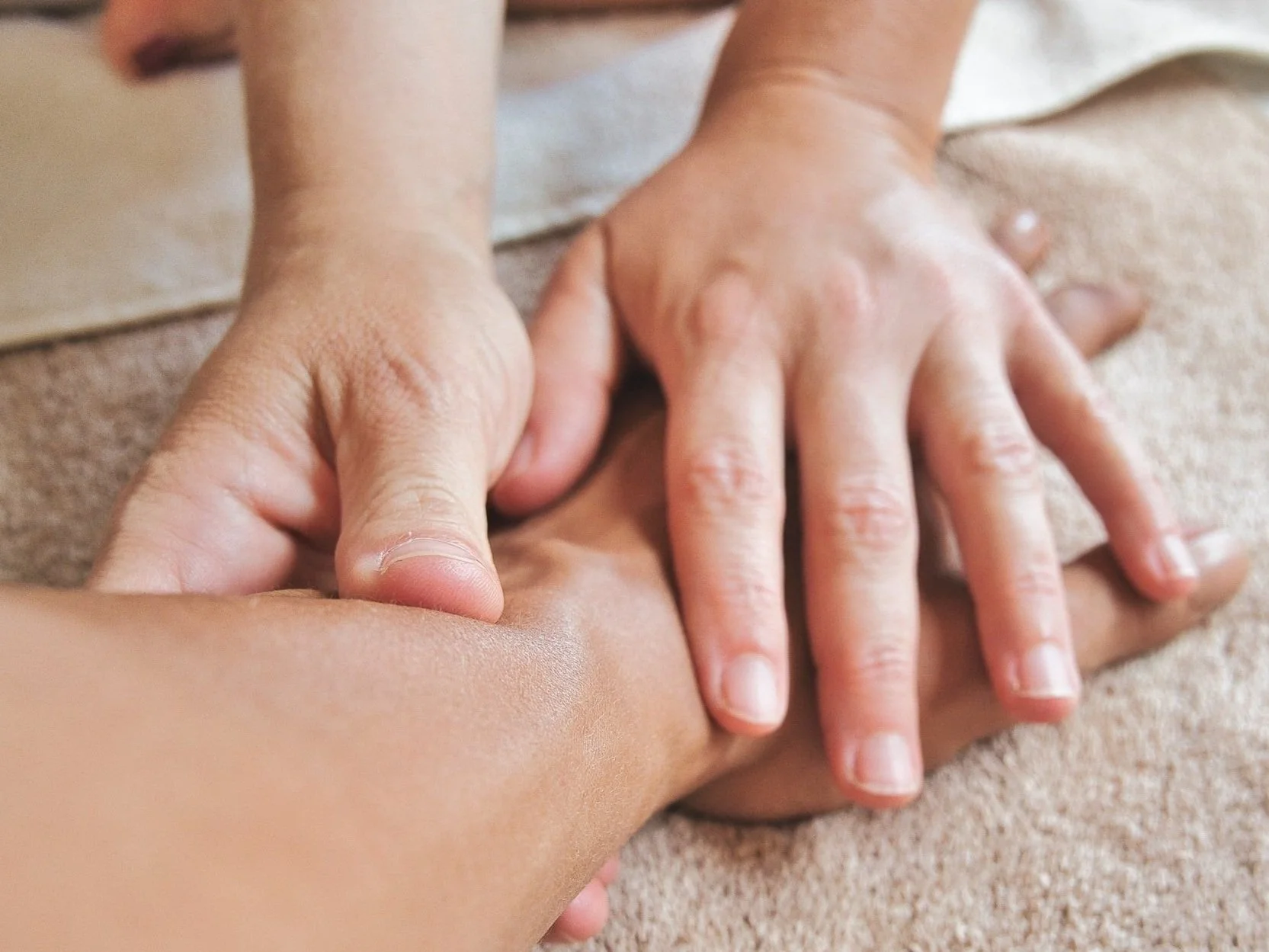Lymphedema After Breast Cancer Treatments
Despite lymphedema affecting millions of people worldwide, many are still unfamiliar with the condition and the treatment options available. Due to this lack of awareness amongst the general public, and even some healthcare providers, lymphedema often go undiagnosed and thus many people never receive the care and treatment needed to manage the condition. It’s something I’ve unfortunately witnessed too many times.
In this post, I’m dedicating time to raise awareness about breast cancer-related lymphedema, a lifelong condition that affects many individuals treated for breast cancer.
What Is Lymphedema?
Lymphedema is a chronic condition where lymph fluid builds up in the tissues, leading to swelling, heaviness, and discomfort in the affected body part. In the context of breast cancer recovery, this buildup occurs when the lymphatic system is damaged or overloaded, most often as a result of treatments like surgery and radiation therapy.
Causes of Breast Cancer-Related Lymphedema
Breast Cancer Surgery: The surgical removal of lymph nodes can significantly disrupt the normal flow of lymphatic fluid. This typically involves either a sentinel lymph node biopsy or an axillary lymph node dissection. While these procedures are essential for accurate cancer staging and treatment, they reduce the number of available pathways for lymph to drain and thus increase one's risk of developing lymphedema. In general, the more lymph nodes removed, the greater the risk of developing lymphedema.
Radiation Therapy: Radiation to the chest and underarm region can also damage lymphatic vessels and nearby soft tissues. It may lead to scarring, fibrosis, and inflammation, all of which can restrict lymph flow and increase one's risk of developing lymphedema.
When both surgery and radiation are part of treatment (which is common in breast cancer care), the risk of lymphedema further increases. The lymphatic system is impacted from multiple angles, making it harder for the body to regulate and move lymph fluid effectively.
Signs of Breast Cancer-Related Lymphedema
Since lymphedema can appear weeks, months, or even years after breast cancer treatment, knowing what to look out for is so important.
The common signs of Breast Cancer-Related Lymphedema include:
Swelling that develops gradually or suddenly in your arm, breast, chest wall, or trunk
A feeling of heaviness, fullness, or tightness in these areas
Skin changes such as thickening, hardening, or visible indentation (fibrosis or pitting edema)
Aching, discomfort, or shooting pain
Difficulty fitting into clothing, bras, or jewelry on one side
Increased swelling on hot/humid days or after exercise or long periods of standing
If you’ve undergone breast cancer treatment and notice any of these symptoms, even if they seem mild, please don’t ignore them.
Lymphedema Risk After Breast Cancer
It’s important to keep in mind that if you’ve undergone breast cancer treatment, you have a lifelong risk of developing lymphedema, even many years after treatment has ended. This doesn’t mean it will happen, but staying aware of the signs and practicing regular self-monitoring can make a big difference.
The reassuring news is that not everyone who receives cancer treatment will develop lymphedema. But for those who do, it can be a challenging and sometimes life-altering side effect. What may start as a small change like mild swelling can gradually worsen if left unaddressed, potentially leading to skin changes, recurring infections, and limited mobility.
The earlier it’s recognized and managed, the better the outcome. With the right support and care, lymphedema can be effectively controlled, and you don’t have to face it alone.
How Is Lymphedema Treated?
While there is currently no cure for lymphedema, early diagnosis and consistent management can significantly improve your quality of life and limit progression.
The gold standard treatment for lymphedema is Complex Decongestive Therapy (CDT), which is provided by a Certified Lymphedema Therapist (CLT). This gentle, multi-faceted approach aims to reduce swelling, improve lymph flow, and support long-term management. CDT includes five key components:
Compression therapy: Compression therapy plays a vital role in managing lymphedema. Multi-layered compression bandages are often used initially to help reduce swelling and improve skin health. Afterward, compression garments are worn to maintain those improvements and control swelling over the long term.
Manual Lymphatic Drainage (MLD): MLD is a specialized hands-on technique used to promote lymphatic flow, and move lymph fluid out of your affected area. Your CLT will also teach you self-lymphatic drainage techniques to help further manage your swelling.
Therapeutic Exercises: Exercising is crucial in managing lymphedema. When you exercise, your muscles contract and act like a pump, thus improving the movement of lymph fluid. Your CLT will develop a personalized exercise and movement plan designed to improve your mobility, flexibility, and lymphatic flow.
Skin Care: One of the biggest concerns with lymphedema is the risk of infection and cellulitis. Thus having a good skin care routine is also important. Proper skin health should be maintained with daily lotion and meticulous skin inspection.
Patient education: Since lymphedema is a life-long condition, education regarding self-care and self-management is another important component of CDT.
You Deserve to Be Supported
If you are experiencing any symptoms of lymphedema following breast cancer treatment, please know that you are not alone and that help is available. A Certified Lymphedema Therapist (CLT) can guide you through a personalized plan to manage your condition, reduce your symptoms, and improve your quality of life.
Don’t hesitate to reach out to me, whether you’re concerned about prevention, early signs, or need help successfully managing swelling and other lymphedema symptoms. As a Certified Lymphedema Therapist, I am here to support you every step of the way, providing expert care and education.
